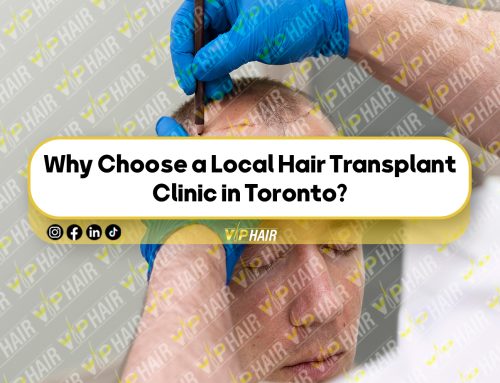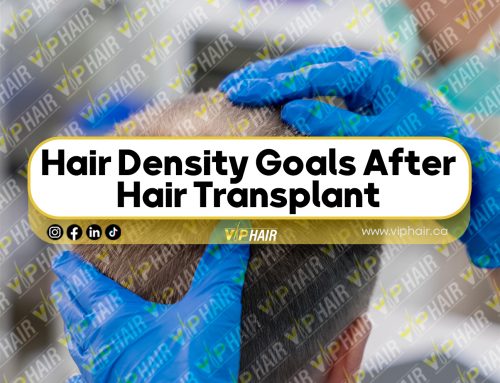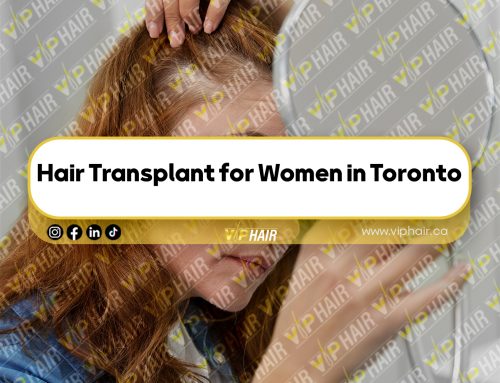More Than Just Hair
When people talk about hair loss, they often focus on the physical change—the receding hairline, the thinning crown. But hair is more than just something that sits on your head. It’s part of your identity, your style, your confidence. Losing it can feel like losing a piece of yourself.
Five years ago, I was that person. I lived in Toronto, had a good career, a loving family, and an active social life. Yet, I found myself avoiding mirrors, ducking out of photos, and wearing baseball caps year-round. Hair loss wasn’t just changing how I looked—it was changing how I lived.
That’s when I discovered the possibility of a Hair Transplant, and it transformed everything.
Chapter 1: Life in Toronto with Hair Loss
Toronto is a city full of energy, style, and diversity. People here care about their appearance—not in a vain way, but in a way that reflects self-respect and personal branding. Whether you’re networking at a Bay Street business lunch, walking along Queen Street West, or attending a summer festival, confidence matters.
But my confidence was slipping fast.
I remember standing in line at a coffee shop on King Street, catching my reflection in the glass. My hairline had retreated so far it seemed like my forehead was trying to take over my face. Friends teased me—“You’ll be rocking the bald look soon”—but inside, it wasn’t funny.
Hair loss started affecting me in subtle but painful ways:
-
I avoided dating because I felt unattractive.
-
I turned down invitations that involved being photographed.
-
I spent hundreds on “miracle” shampoos and hair fibers that gave me only temporary illusions.
Chapter 2: The Emotional Toll
Hair loss isn’t just a cosmetic issue—it’s an emotional one. Studies have shown that people with hair loss are more likely to experience:
-
Lower self-esteem
-
Social withdrawal
-
Anxiety about aging
-
Professional insecurity
I felt all of it. At work, I hesitated to speak up in meetings because I imagined people were staring at my hairline. At social events, I’d angle myself away from cameras or excuse myself entirely.
That’s when I realized I needed a long-term solution.
Chapter 3: Discovering Hair Transplant as a Solution
I’d heard of Hair Transplant before, but I imagined it was expensive, painful, and obvious-looking. I pictured the “doll hair” look from decades ago.
One night, while scrolling through my phone, I came across a video of a Toronto-based surgeon explaining the FUE (Follicular Unit Extraction) method. The results looked so natural I couldn’t tell it was a transplant.
That sparked my curiosity. I began researching:
-
The difference between FUE and FUT techniques.
-
Recovery times.
-
Costs in Toronto.
-
Success rates.
What I learned changed my perspective entirely—modern Hair Transplant surgery is minimally invasive, produces natural results, and is often a one-time investment for permanent change.
Chapter 4: The Consultation Process in Toronto
I decided to book consultations at three top-rated clinics in Toronto. Here’s what I experienced:
-
Scalp Examination – They checked my donor area at the back of my head to see if I had enough healthy follicles for transplant.
-
Medical History Review – They asked about my family hair loss history, health conditions, and lifestyle.
-
Goal Setting – We discussed the look I wanted, including hairline design.
-
Before-and-After Examples – Seeing real Toronto patients’ transformations made me hopeful.
-
Cost & Timeline – They explained the investment (around $7,500 for my case) and the 12-month journey to full results.
What stood out to me was the professionalism and honesty. One clinic even told me not to expect “celebrity hair” but rather a natural, age-appropriate look—which I appreciated.
Chapter 5: Choosing FUE Over FUT
The two main Hair Transplant methods are:
-
FUT (Strip Method) – Removes a strip of scalp, higher graft count, but leaves a linear scar.
-
FUE (Follicular Unit Extraction) – Extracts follicles individually, minimal scarring, quicker healing.
I chose FUE because:
-
I wanted to keep my hair short in the back without visible scars.
-
Recovery is faster—just a few days of downtime.
-
Pain is minimal.
Chapter 6: The Procedure Day
The big day arrived. I was more excited than nervous.
Step-by-step:
-
Preparation – The donor area was shaved, and I received local anesthesia (no general anesthesia needed).
-
Extraction – The surgeon used a micro-punch tool to remove individual follicles.
-
Implantation – Each follicle was placed in the thinning areas following the natural growth pattern.
-
Breaks – I watched Netflix, had snacks, and chatted with the staff between steps.
Total time: about 8 hours.
Pain level: Almost zero.
Chapter 7: Recovery and the Waiting Game
Recovery was easier than expected:
-
Day 1–3: Mild redness and swelling.
-
Week 1: Scabs formed and fell off naturally.
-
Week 2–3: “Shock loss” occurred—transplanted hairs shed (completely normal).
-
Month 3: New hairs began to emerge.
-
Month 6: Noticeable improvement in density.
-
Month 12: Full, natural-looking results.
Chapter 8: The Transformation
By the one-year mark, my transformation was complete.
I looked younger, healthier, and—most importantly—felt like myself again.
Changes I noticed:
-
I started dressing better because I wanted to be seen.
-
I stopped hiding under hats.
-
My confidence skyrocketed.
-
People commented, “You look so refreshed—what’s your secret?”
The secret, of course, was my Hair Transplant.
Chapter 9: Why Toronto Is the Perfect Place for Hair Transplant
Toronto offers:
-
Expert surgeons with international experience.
-
Modern clinics using the latest FUE and DHI technology.
-
Cultural diversity expertise—whether your hair is straight, wavy, curly, or coiled, they know how to work with it.
-
Easy follow-ups—post-op care is convenient when the clinic is local.
Chapter 10: Myths vs. Reality
Myth 1: Hair Transplant looks fake.
Reality: Modern techniques make it impossible to tell.
Myth 2: It’s too painful.
Reality: Local anesthesia means you feel almost nothing.
Myth 3: It’s only for men.
Reality: Women in Toronto get Hair Transplants too.
Myth 4: It’s temporary.
Reality: Transplanted hair is permanent.
Chapter 11: The Investment
My procedure cost around $7,500, but when I break it down over a lifetime of confidence, it’s worth every penny. Compared to the cost of wigs, hair systems, or endless hair products, this is a one-time fix with permanent results.
Chapter 12: My Advice for Anyone Considering Hair Transplant in Toronto
-
Do Your Research – Compare at least 2–3 clinics.
-
See Real Results – Ask for before-and-after photos of patients with similar hair type.
-
Be Patient – Full results take 12 months.
-
Follow Aftercare – It makes a big difference in outcome.
-
Think Long-Term – This is about restoring confidence for life.
Conclusion: My New Life
Hair Transplant didn’t just change my hair—it changed my life. I’m more outgoing, happier, and more comfortable in my skin. If you’re in Toronto and struggling with hair loss, take it from me: the technology works, the results are real, and the confidence you gain is priceless.






Leave A Comment